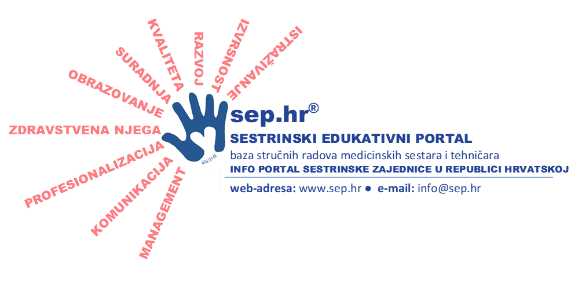Jayne Donaldson
School of Nursing, Midwifery and Social Care, Napier University, Edinburgh, UK
transfusion, research project, statistics
''1. Međunarodni kongres HDMSARIST-a''
Šibenik, 21.-24. travnja 2008. godine
This research project ascertained student nurses’ knowledge retention of safe transfusion
practice following a standardised teaching and learning programme (produced by Effective Use of
Blood (EUB) Group), and a short simulated exercise.
In 2000, the Scottish Blood Transfusion Service (SNBT) developed a standardised training
programme for all healthcare professionals including student nurses in ord er to promote safe
practice.
The aim of this study is to provide information on the effectiveness of a standardised approach
and to inform a potential timescale in which to implement refresher courses or updates to help to
ensure safe practice.
The evaluative study used a questionnaire to assess the level of knowledge students attained on
the day of the session, 4 -6 months after the session and, finally 11-12 months following the
session. Twenty-nine questions, of which there were five ‘killer’ questions, tested the students’
knowledge. ‘Killer’ questions were identified by practitioners within the SNBTS as potentially fatal
knowledge errors (but these were not made known to the students).
A convenience sample of undergraduate and diploma (Adult) students (n=118) within Napier
University was used. Both descriptive and inferential statistics were used to compare and contrast
the data collected from the three time points. Of the 118 students who completed at initial time
point, there is a wide range of overall score achieved despite all receiving the Standardised
Programme. The study demonstrates, within the small sample completing at all 3 time points, that
there is clear degradation of knowledge during the study period. The influence of experience on
knowledge retention indicates that experience appears to have a positive effect at 6 months but
no appreciable effect at 12 months. This effect is also observed in analysis of the 5 ‘killer’
questions. These outcomes merit further, more robust and multi centre investigation to identify if
there is replication of results.
